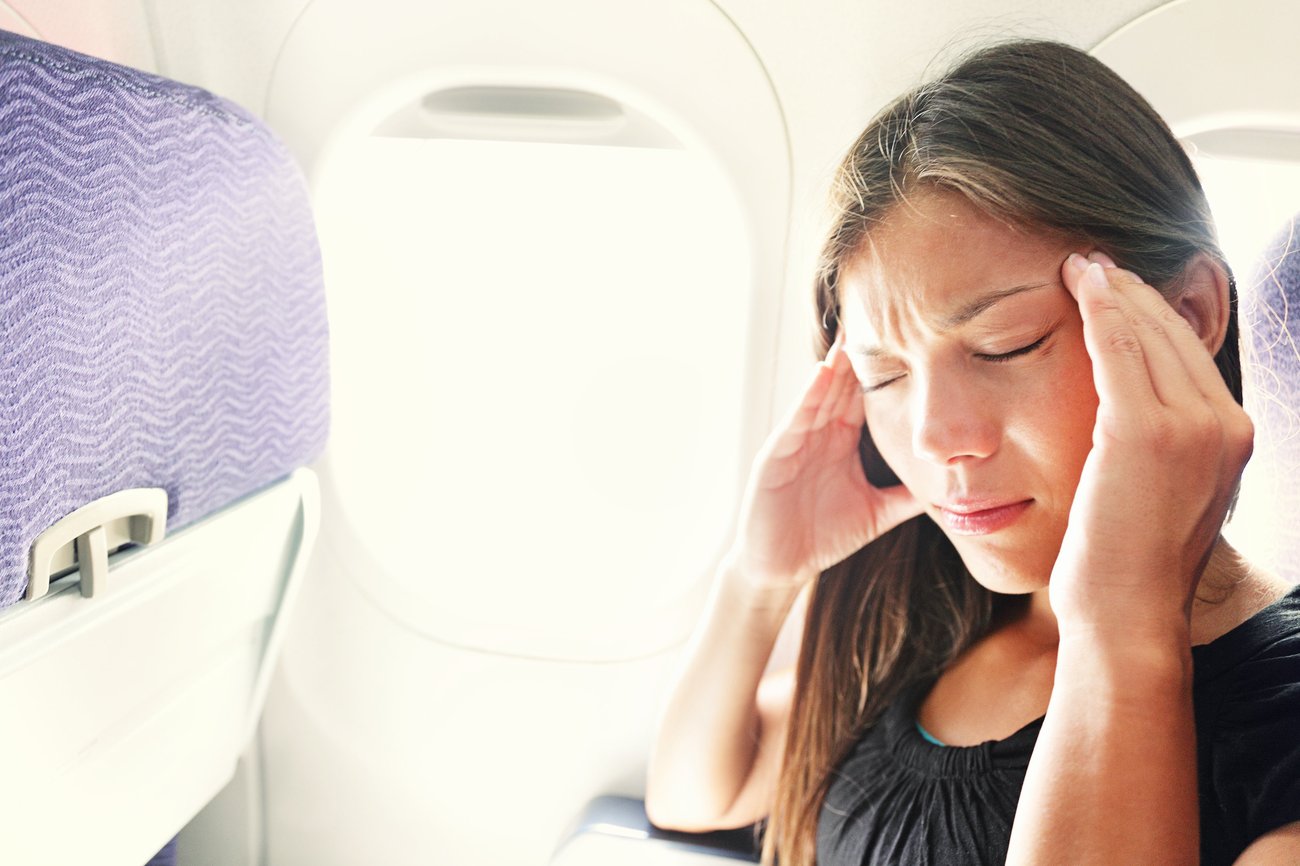In flight health beverage seeks $1.5 million investment to expand sales worldwide

The idea for Flyhidrate was born in 2009 when co-founder and round-the-world yachtsman David Spratley’s then 74-year-old mother was flying from London to Auckland and had a deep vein thrombosis scare.
It was a false alarm, but it sparked Spratley – who had been involved in a drinks-related business in Hong Kong – into thinking about the negative effects of flying on the body and how to curb them.
He got together with friend Chris Watkins, a private pilot and former chairman of the New Zealand Airline Catering Association and founded Hydra Tonics.
After the company received around $125,000 of co-funding from the Ministry Of Science And Innovation in 2009, the idea for an in-flight drink underwent 18 months research at Otago University.
The research simulated flight environments and looked at the effects on the body, as well carrying out a field trial on passengers leaving Auckland Airport on long-haul flights.
Hydra Tonics also examined the difference high altitudes made to a flyer’s flavour palette and found people’s ability to taste salty and astringent food and drinks is reduced when flying.
Spratley says this is why the company was able to put more intense flavours in the mix, resulting in an unintentionally fruity flavour.
The result is a three-step drink made up of different concoctions of multi-electrolytes to be taken at the beginning, middle and end of a flight to help with digestion, circulation and hydration.

Flyhidrate won a ‘Best Industry Innovation Award’ from the New Zealand Juice and Beverages Association in 2013.
The drinks have also regularly received shout outs on New Zealand athletes’ social media, with members of the Crusaders and the All Black Sevens teams and former All Black Piri Weepu tweeting about it.
But Spratley says although they take direct orders from sports teams, no sponsorships are in place.
“It was the science-based backing that has enabled us to secure robust orders from the sports sector and we have never solicited any of these teams,” Spratley says.
It is currently being sold at airports across Australasia, and Hydra Tonics’ is now seeking investment to expand into the US, Europe and Asian markets.

The company also wants to further develop Flyhidrate to be a powder drink product to save costs, weight on airlines and increase shelf life.
Flyhidrate isn’t alone in the flight rehydration market. Competitor 1Above, launched in 2010, sells another electrolyte-based product targeted at “hydration, jet lag and circulation”, using specialist booths and other retailers at airports and hotels in New Zealand and Australia.
However Spratley says his three-step drink should not be confused as being solely a rehydration drink.
He says Flyhidrate is a “niche” product because it targets not only dehydration, but also poor circulation and radiation exposure. He says cosmic and electromagnetic radiation is about 64 times higher at 39,000 feet than at sea level.
Flyhidrate is also keen to work on other product ideas in the pipeline, such as sporting drinks. Here too, the company won’t be alone in the market, with several companies – including SOS Rehydrate (set up by runner Tom Mayo, IndyCar driver Scott Dixon and triathlete Hamish Carter), promoting products in the market.
Spratley says Hydra Tonic will follow the same research-backed route developing a sports drink as it took with Flyhidrate.
“Many so called functional beverages have little or no research behind them and as such they are marketing plays on perceived rather than real functionality,” Spratley says.
Although Flyhidrate is pricey – $18.99 for long-haul flights and $15.99 for short-haul – Spratley says some ingredients are expensive.
Two of the ingredients – L-Theanine and L-Selenomethionine – cost more than $7000 per kg.
Spratley says the company would like to get active investors on board that bring a “synergy” to the company.
“If the investor was a drink or food investor, it’s more valuable than just a passive investor. But the most important criteria for us is that they share our vision on what we’ve achieved and we’re going,” he says.
The company is ideally after a cornerstone shareholder, but TBK capital director John Paine says it could be a fund, a group of people or a company operating in a similar area.
The investment opportunity comes at a time when it’s forecast the global airline industry will grow past 3.3 billion flyers by the end of 2014.
Those who are interested can find out more here




